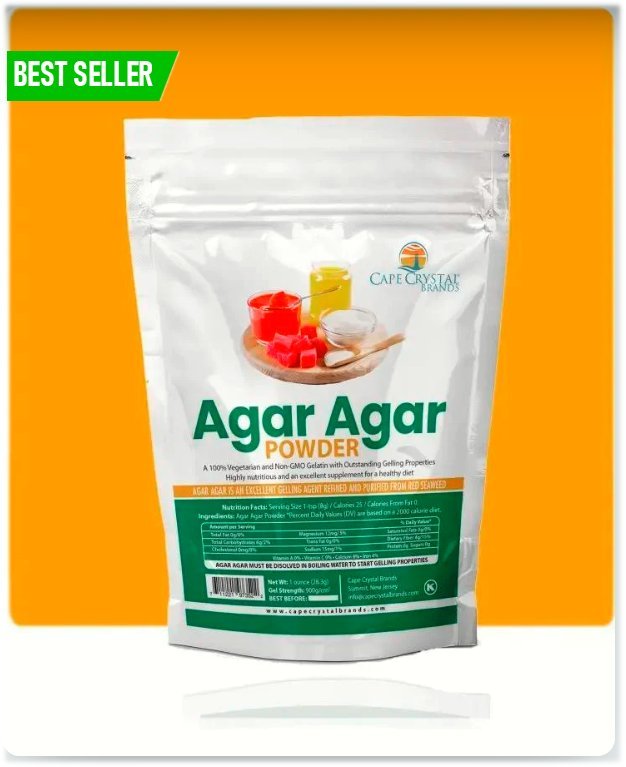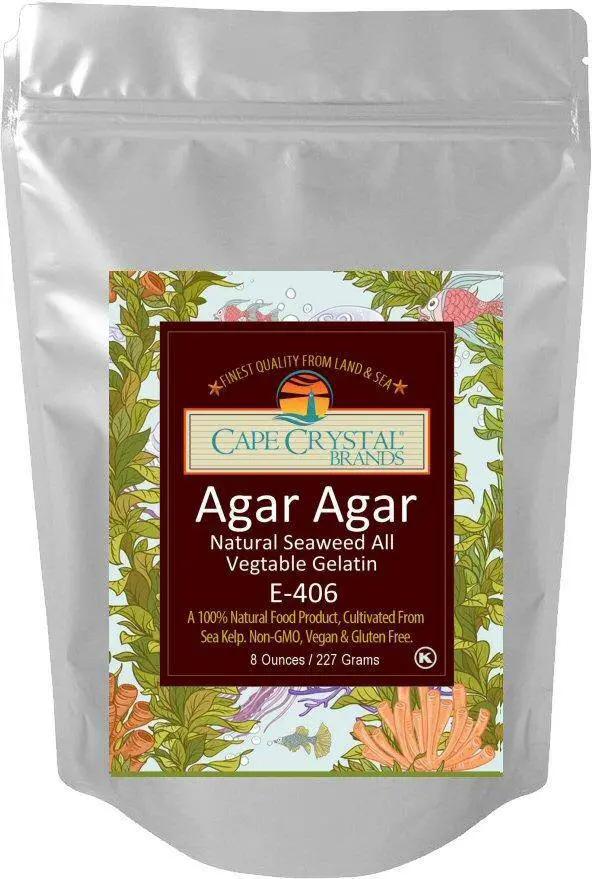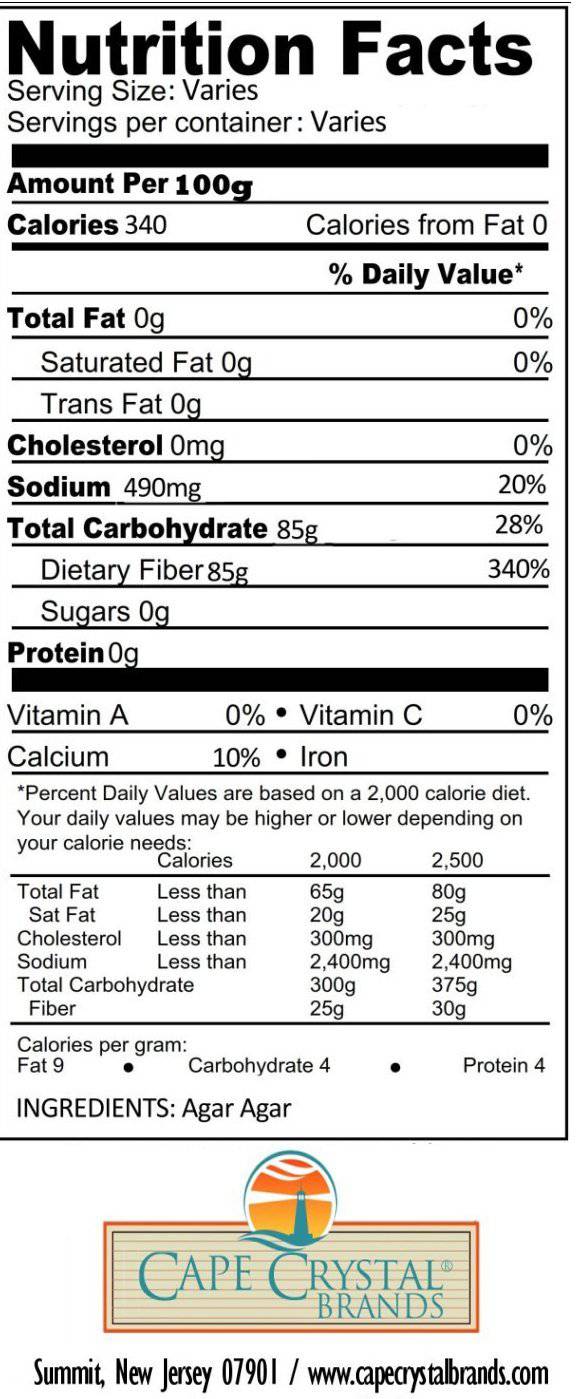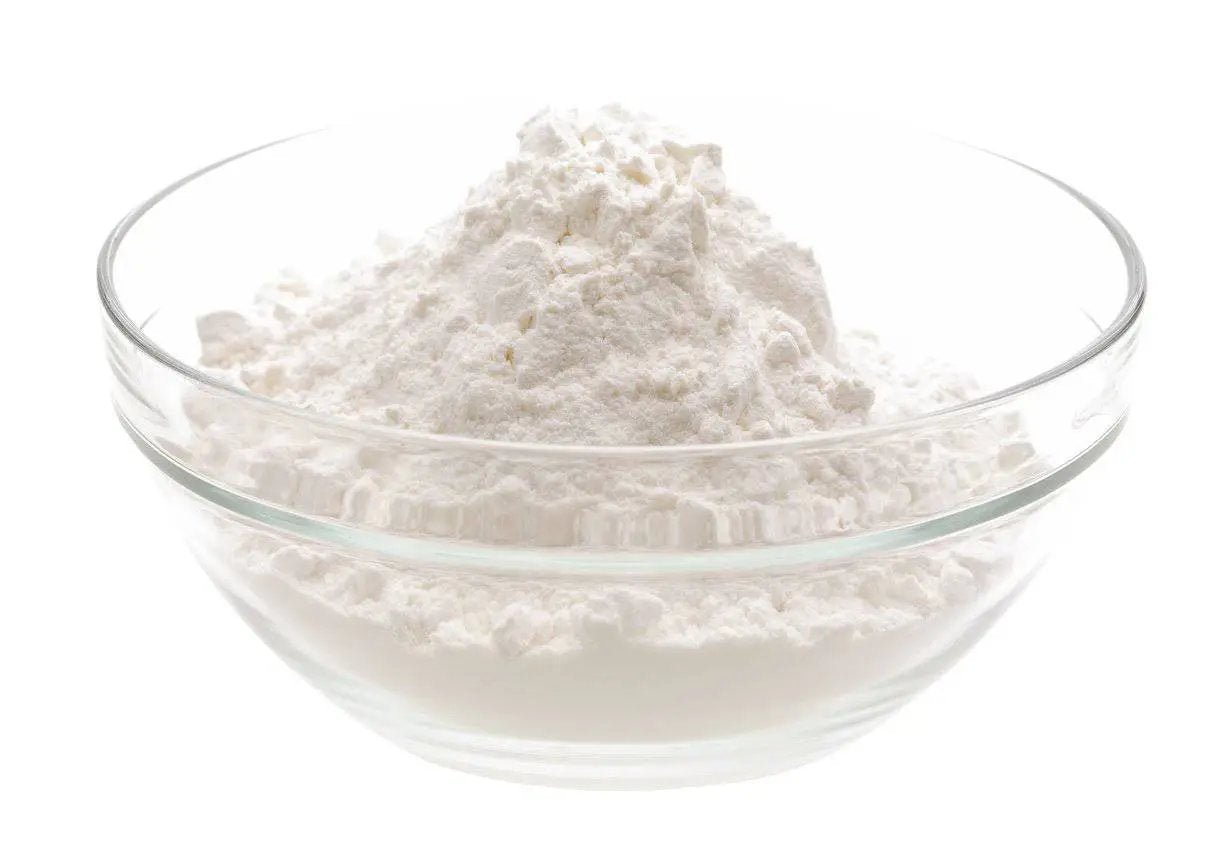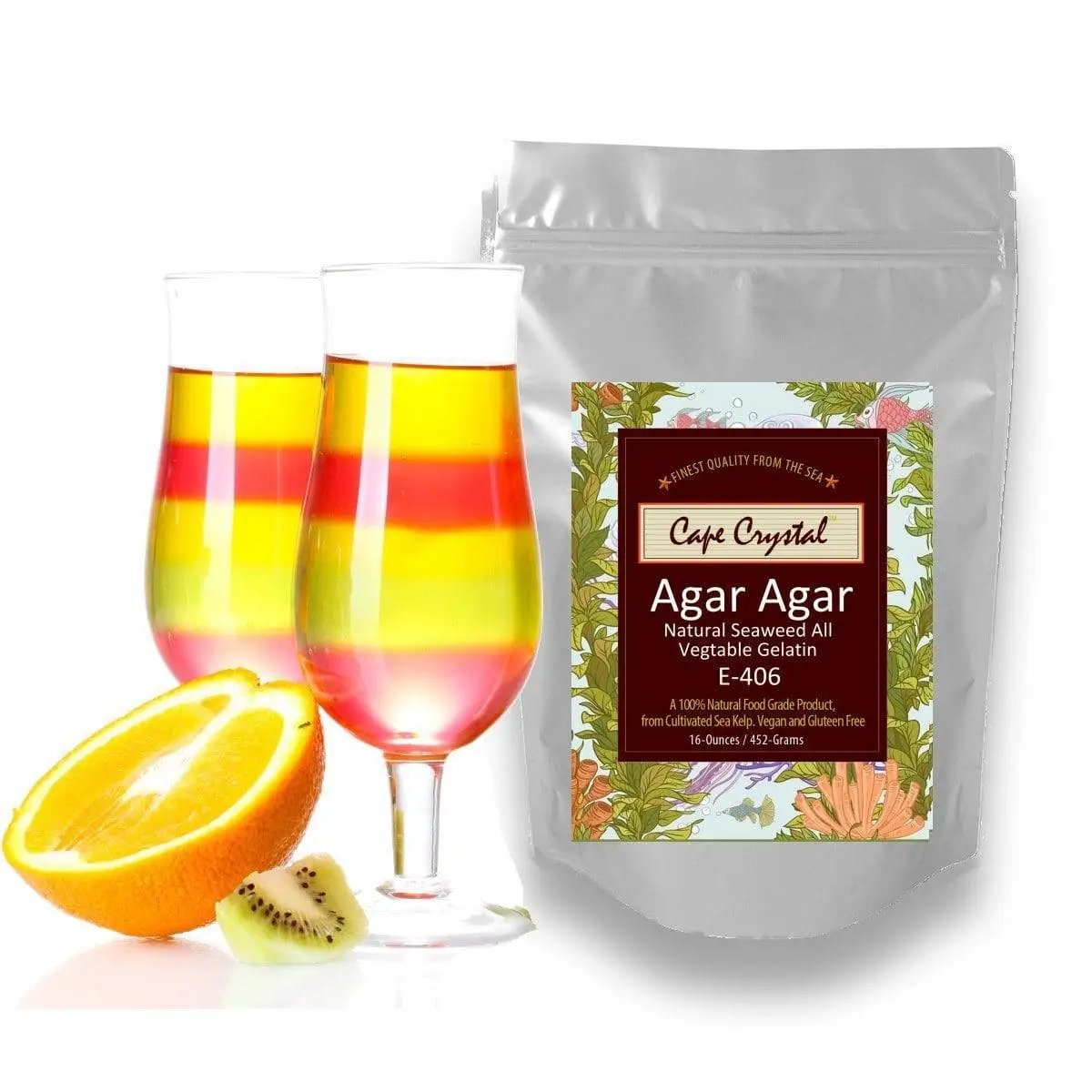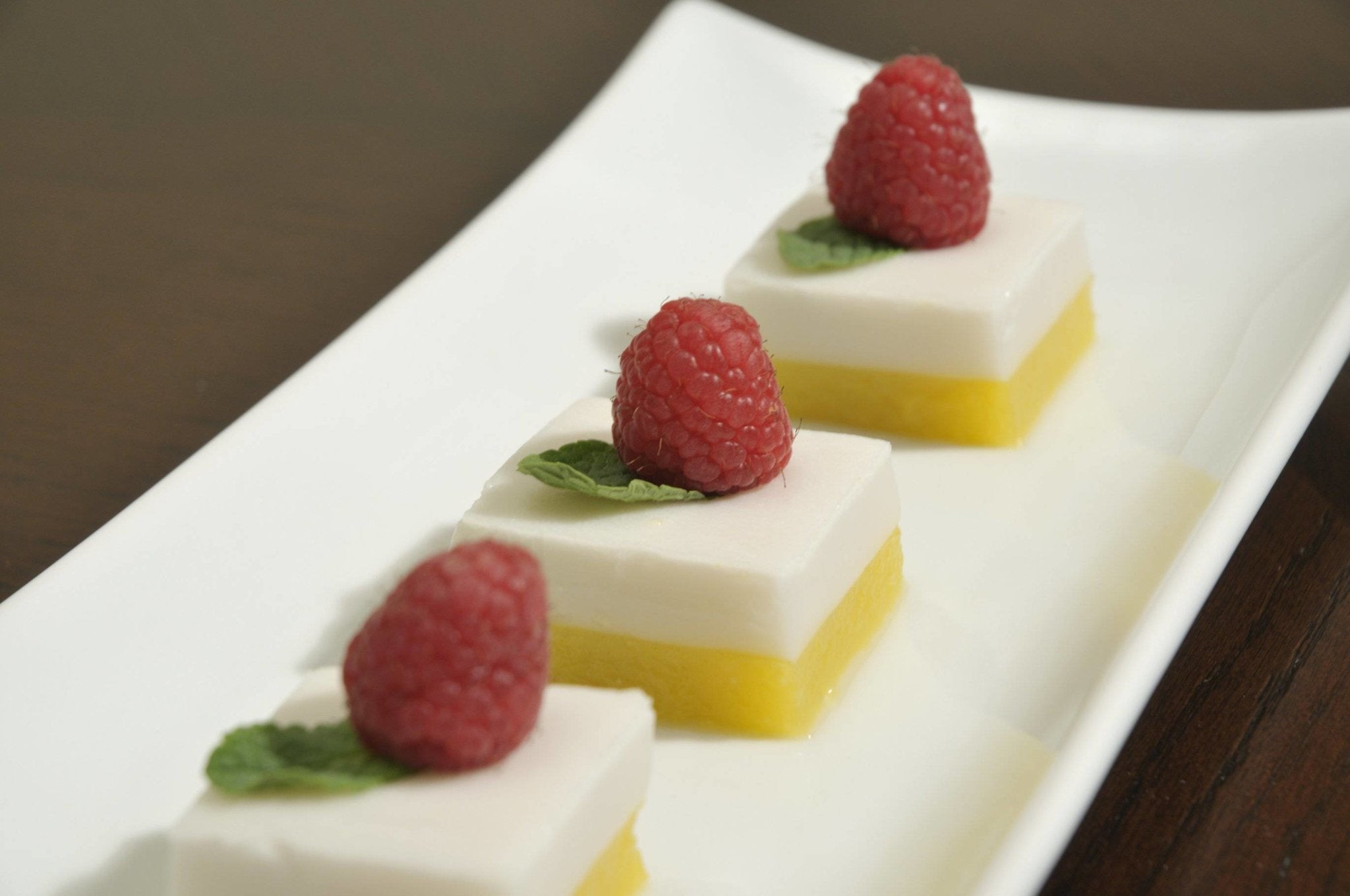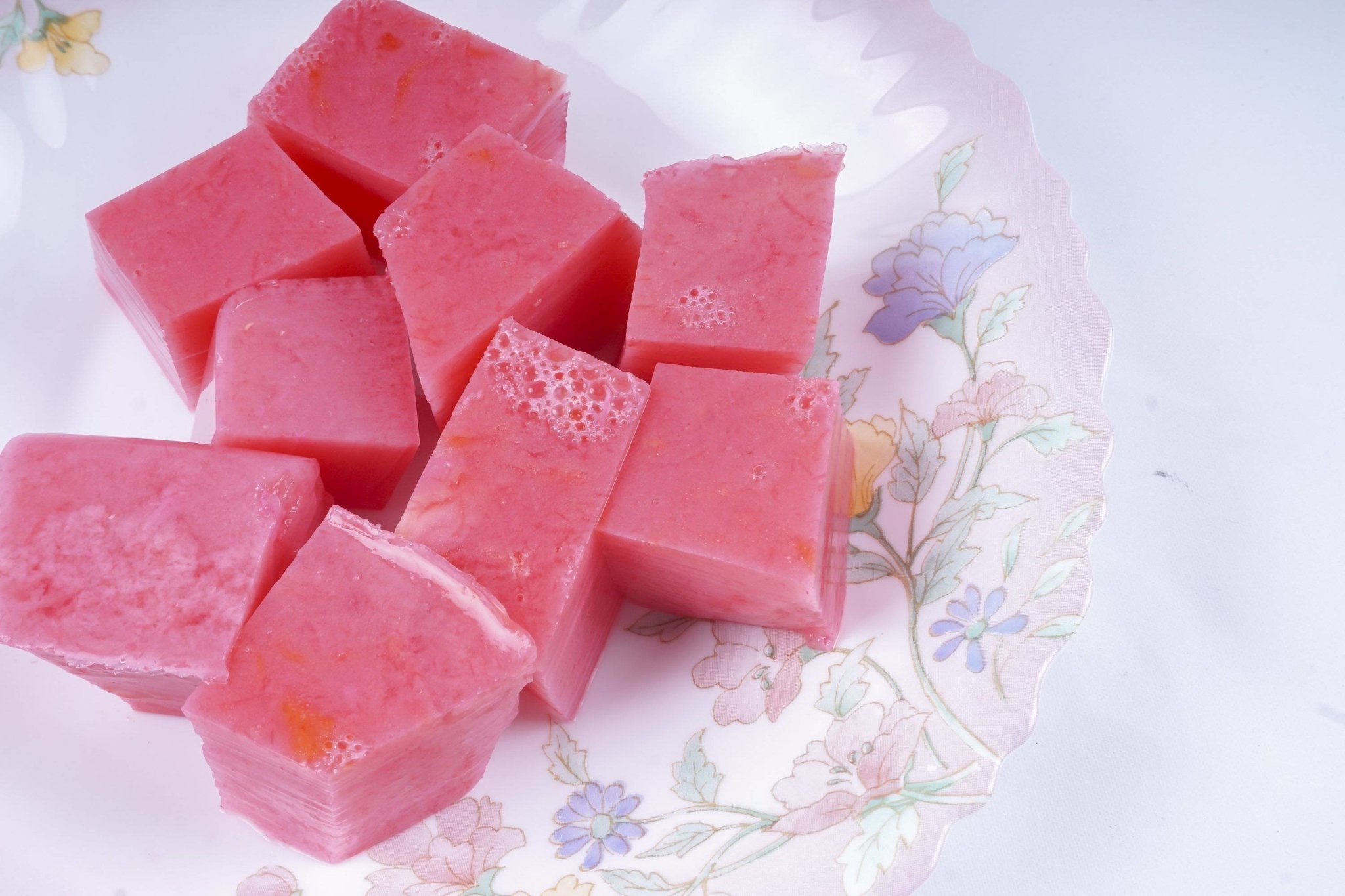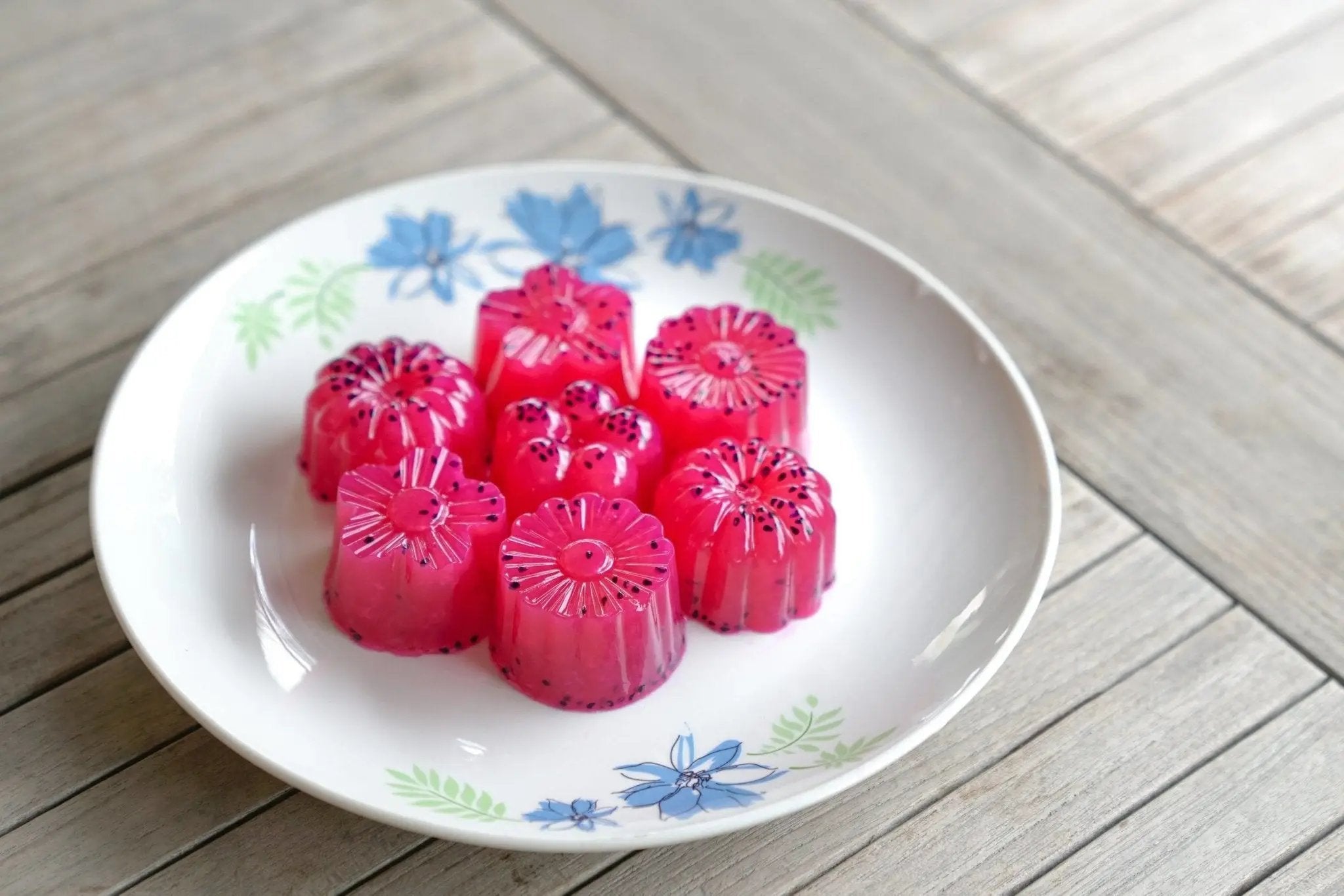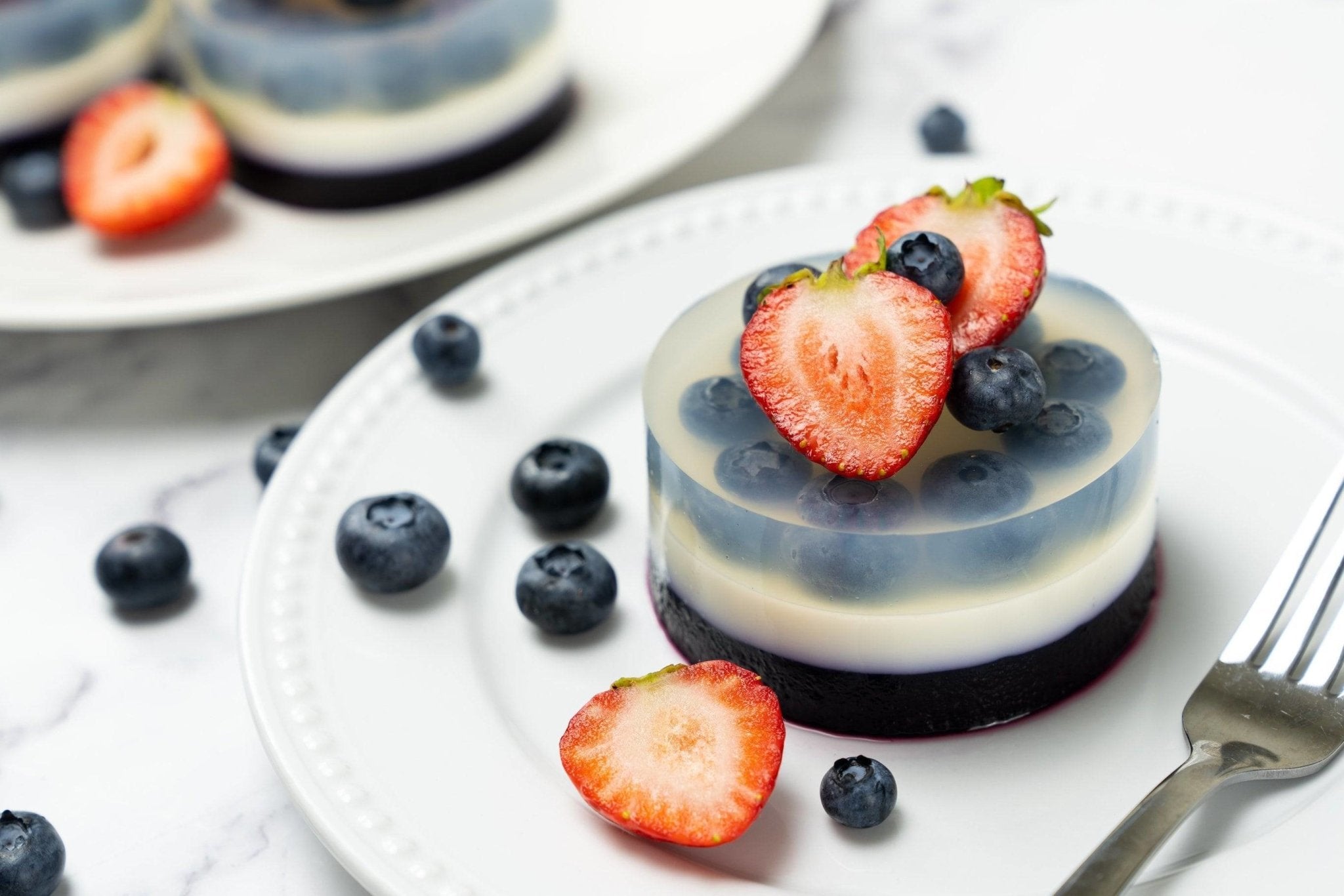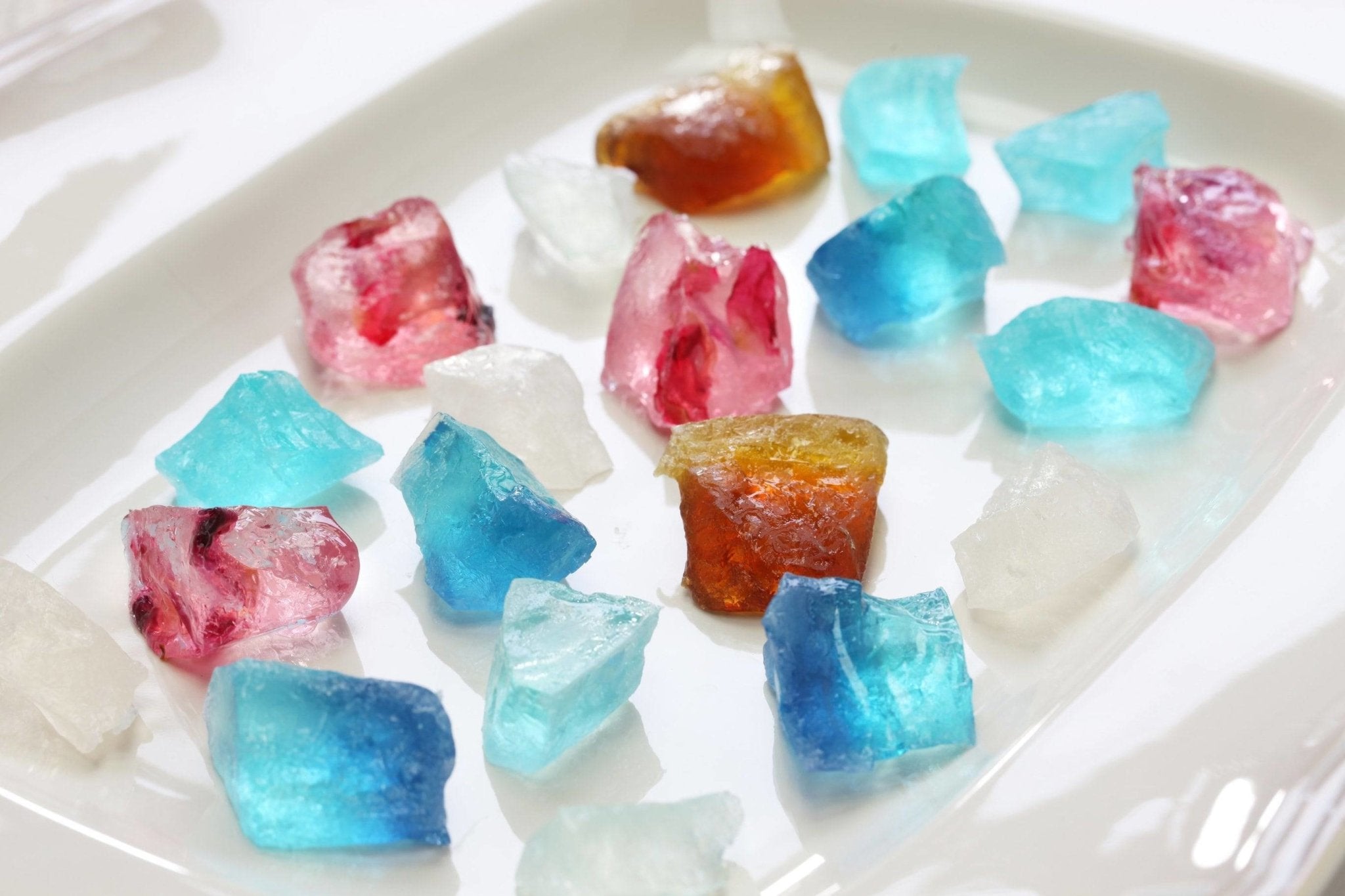
Hydrocolloid: Low Methoxyl Amidated (LMA) Pectin
SUBSCRIBE TO OUR BLOG
Promotions, new products, and recipes.
Low Methoxyl Amidated (LMA) Pectin: The Modified Gelling Marvel
Low Methoxyl Amidated (LMA) Pectin, a derivative of LM Pectin, undergoes an additional amidation process, enhancing its gelling properties. What sets this hydrocolloid apart, and how has it expanded its footprint in the food industry?
Historical Context
The development of LMA Pectin was driven by the need for a pectin variant with improved gelling properties, especially in low sugar and low pH environments. Its introduction provided food technologists with a broader spectrum of formulation possibilities¹.
The Molecular Science of LMA Pectin
LMA Pectin is characterized by its amidated carboxyl groups, resulting from the conversion of a portion of the carboxyl groups to carboxamide groups. This modification enhances its calcium sensitivity and gelling strength².
Production and Refinement
LMA Pectin is produced by treating LM Pectin with ammonia, leading to the amidation of some of its carboxyl groups. This process fine-tunes its gelling properties, making it suitable for a wider range of applications³.
A Multifaceted Ingredient
LMA Pectin's applications are vast:
- Food Industry: Ideal for reduced-sugar and sugar-free products, dairy desserts, and fruit preparations⁴.
- Pharmaceuticals: Utilized for its gel-forming properties in specific drug formulations⁵.
- Cosmetics: Incorporated for its stabilizing and textural properties⁶.
LMA Pectin in Culinary Creations
LMA Pectin's gelling properties are influenced by calcium and pH:
-
Dairy Desserts:
- Proportion: 0.2% to 0.8% of the total weight.
- Purpose: Provides a smooth texture and stability.
Conclusion
Low Methoxyl Amidated (LMA) Pectin, with its enhanced gelling capabilities, is a testament to the advancements in food science and technology. Its adaptability across various formulations underscores its significance in the food industry.
See: Hydrocolloid Glossary
For further reading: Low-methoxyl-lm-pectin
References:
¹ Axelos, M.A.V., & Thibault, J.F. "The chemistry of low-methoxyl pectin gelation." Carbohydrate Polymers, 1991.
² Renard, C.M.G.C., et al. "Amidated pectins: properties, functions, and applications." Food Hydrocolloids, 2006.
³ Voragen, A.G.J., et al. "Pectins and Pectinases." Elsevier, 1996.
⁴ Rolin, C. "Commercial Pectin Preparations." Pectins and Pectinases, 1996.
⁵ Sriamornsak, P. "Chemistry of pectin and its pharmaceutical uses: A review." Silpakorn University International Journal, 2003.
⁶ Barel, A.O., et al. "Handbook of Cosmetic Science and Technology." CRC Press, 2009.


|
About the Author Ed is the founder of Cape Crystal Brands, editor of the Beginner’s Guide to Hydrocolloids, and a passionate advocate for making food science accessible to all. Discover premium ingredients, expert resources, and free formulation tools at capecrystalbrands.com/tools. — Ed |
- Choosing a selection results in a full page refresh.

















